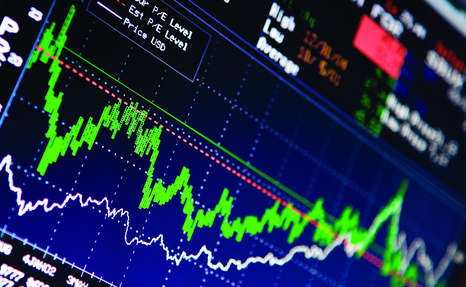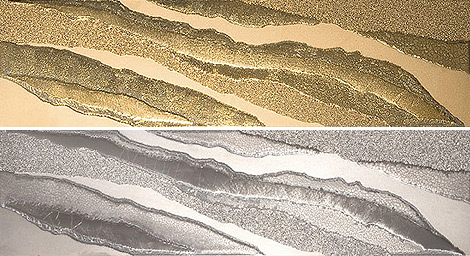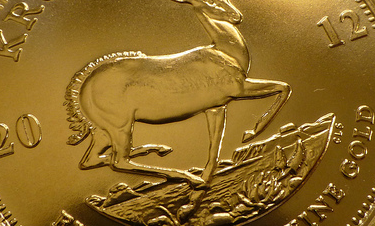Nyheter
David Hargreaves on Precious Metals week 13 2012
Another subdued week saw gold nudge down but reassert its premium to platinum, momentarily. Warren B and the Week in Mining have not reached the smug stage – long way to go – but the entry of Ben Bernanke, Chairman of the Fed adds an interesting dimension. In a lecture last week at George Washington University he rubbished the gold standard and counselled strongly against any notion of returning to one. His reasons were sound enough on the surface.
- The strength of the gold standard is also its weakness. Because the money supply is determined by the supply of gold, it cannot be adjusted to response to changing economic conditions.
- He also waxed about fixed exchange rates, speculative attacks and swapping paper for gold.
- But let’s give it a try, shall we?
- Our starting point is 130,000t of gold on the surface, which is about 4 billion ounces.
- World GDP is c. $80,000bn. So for gold to be the official currency again, we should have to call it at 80 ÷ 4 = $20,000 per ounce.
- Yet GDP means trade. For every buyer there is a seller. So $10,000 per ounce would suffice.
- Now would GDP is rising annually (says Wikipedia) at c. 6% per year, so an extra $5800bn in 2012. Well, at $10,000/oz that is 16,000t. But divided by 2 again for two way trade and we get 8000t new supply needed. If gold hit $10,000/g our money would be on newly mined supply doing likewise.
- This assumes a full gold standard. Partial backing is not out of the equation. They call it the fiscal ratio.
So we remain short term bears of the gold price, it will take only one more Greek haircut to put remonetisation back in the frame. What Ben B. Appears to infer is that printing paper is the only recourse. That’s fine as long as it leans back on some collateral.
India and gold are inseparable. India’s Central Bank, the RBI, holds only 558t, less than 2% of world central holdings, valued at only 8% of its total reserves, but its private citizens probably have more than the rest of the planet’s combined.
Much is held in jewellery form and they like to use it as collateral. A roaring trade has built up via non-banking finance companies using the mechanism. It worries the RBI to the extent that it demands they apply a loan-to-value ratio not exceeding 60% on jewellery and not to lend at all against bullion and coins. Bit of an oddity, the latter.
Platinum Resurfaces. If a single company stands out in the PGM manufacturing sector it is UK based Johnson Matthey, the world’s largest producer of auto catalysts and much more besides. In an interview with Mining Weekly, JM’s publications manager gave his view on the market for the metal which summarises as:
- The strong price performance this year, up from $1407/oz to almost $2000/oz before a pullback to a recent $1634/oz owed much to supply disruptions in RSA, the major miner, but also apprehension about the Zimbabwe situation.
- Demand is now reasserting itself, particularly in North America and with a least a partial resolution to the Greek debt crisis.
- The climate is not good for attracting investment in either RSA or Zimbabwe, so limited scope for increased output in 2012 at least.
- The demand outlook is improved in North America (14% of Pt and 20% Pd demand) and at last in Japan, post – Fukushima.
- The Gold Bulls are not chewing grass.
- BMO: The next time gold really starts a run, its got nothing to stop it.
- Aurizon Gold: (gold has): nothing to stop it.
- GFMS: Gold to average $1800/oz this year despite big supply surplus. (How can something nobody uses be in surplus?)
India’s gold imports are now subject to a possible hike in tax which is making sections of commerce howl. They speak of moving up from 2% to 4%. Imports could reach $100bn by 2015-16. At today’s price that is over 1800t, against newly mined world output of c. 2600t.
[hr]
About David Hargreaves
David Hargreaves is a mining engineer with over forty years of senior experience in the industry. After qualifying in coal mining he worked in the iron ore mines of Quebec and Northwest Ontario before diversifying into other bulk minerals including bauxite. He was Head of Research for stockbrokers James Capel in London from 1974 to 1977 and voted Mining Analyst of the year on three successive occasions.
Since forming his own metals broking and research company in 1977, he has successfully promoted and been a director of several public companies. He currently writes “The Week in Mining”, an incisive review of world mining events, for stockbrokers WH Ireland. David’s research pays particular attention to steel via the iron ore and coal supply industries. He is a Chartered Mining Engineer, Fellow of the Geological Society and the Institute of Mining, Minerals and Materials, and a Member of the Royal Institution. His textbook, “The World Index of Resources and Population” accurately predicted the exponential rise in demand for steel industry products.
Nyheter
Australien och USA investerar 8,5 miljarder USD för försörjningskedja av kritiska mineraler
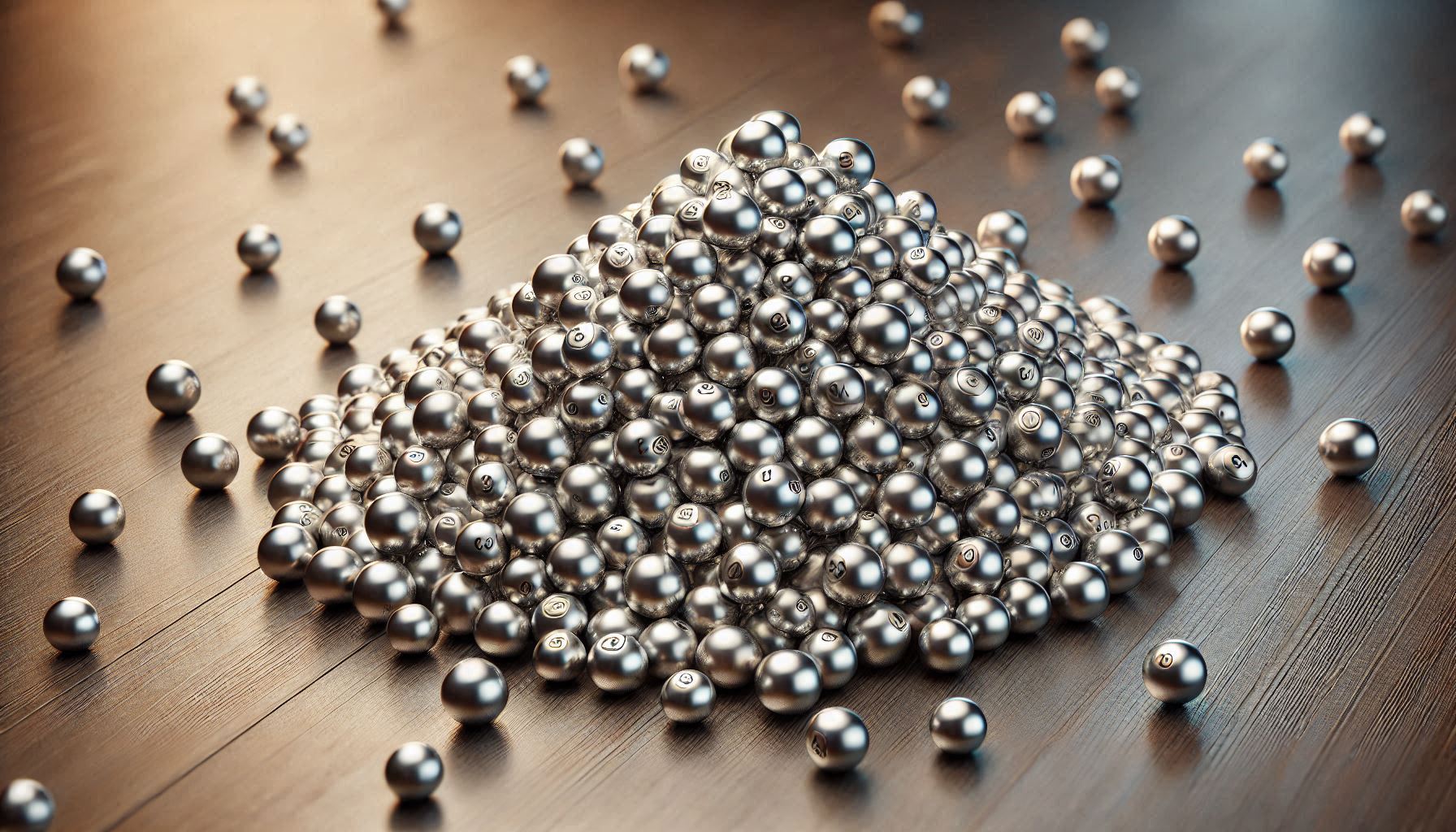
USA:s president Donald Trump och Australiens premiärminister Anthony Albanese undertecknade på måndagen ett avtal som ska tillföra miljarder dollar till projekt inom kritiska mineraler.
Länderna kommer tillsammans att bidra med 1-3 miljarder dollar till projekten under de kommande sex månaderna. Den totala projektportföljen är värd 8,5 miljarder dollar, enligt regeringarna.
Galliumraffinaderi med kapacitet för 5x USA:s efterfrågan
Som en del av avtalet kommer det amerikanska försvarsdepartementet även att investera i ett galliumraffinaderi i västra Australien med en kapacitet på 100 ton per år. För närvarande importerar USA omkring 21 ton gallium, vilket motsvarar hela den inhemska konsumtionen, enligt den amerikanska geologiska myndigheten.
Initiativet kommer samtidigt som Kina har infört exportrestriktioner på vissa mineraler, däribland sällsynta jordartsmetaller, som är avgörande för tillverkningen av elektronik och elmotorer. Gallium används till exempel i mikrovågskretsar samt blå och violetta lysdioder (LED), vilka kan användas för att skapa kraftfulla lasrar.
Nyheter
Vad guldets uppgång egentligen betyder för världen

Guldpriset har nyligen nått rekordnivåer, över 4 000 dollar per uns. Denna uppgång är inte bara ett resultat av spekulation, utan speglar djupare förändringar i den globala ekonomin. Bloomberg analyserar hur detta hänger samman med minskad tillit till dollarn, geopolitisk oro och förändrade investeringsmönster.
Guldets roll som säker tillgång har stärkts i takt med att förtroendet för den amerikanska centralbanken minskat. Osäkerhet kring Federal Reserves oberoende, inflationens utveckling och USA:s ekonomiska stabilitet har fått investerare att söka alternativ till fiatvalutor. Donald Trumps handelskrig har också bidragit till att underminera dollarns status som global reservvaluta.
Samtidigt ökar den geopolitiska spänningen, särskilt mellan USA och Kina. Kapitalflykt från Kina, driven av oro för övertryckta valutor och instabilitet i det finansiella systemet, har lett till ökad efterfrågan på guld. Även kryptovalutor som bitcoin stiger i värde, vilket tyder på ett bredare skifte mot hårda tillgångar.
Bloomberg lyfter fram att derivatmarknaden för guld visar tecken på spekulativ överhettning. Positioneringsdata och avvikelser i terminskurvor tyder på att investerare roterar bort från aktier och obligationer till guld. ETF-flöden och CFTC-statistik bekräftar denna trend.
En annan aspekt är att de superrika nu köper upp alla tillgångsslag – aktier, fastigheter, statsobligationer och guld – vilket bryter mot traditionella investeringslogiker där vissa tillgångar fungerar som motvikt till andra. Detta tyder på att marknaden är ur balans och att kapitalfördelningen är skev.
Sammanfattningsvis är guldets prisrally ett tecken på en värld i ekonomisk omkalibrering. Det signalerar misstro mot fiatvalutor, oro för geopolitisk instabilitet och ett skifte i hur investerare ser på risk och trygghet.
Nyheter
Spotpriset på guld över 4300 USD och silver över 54 USD
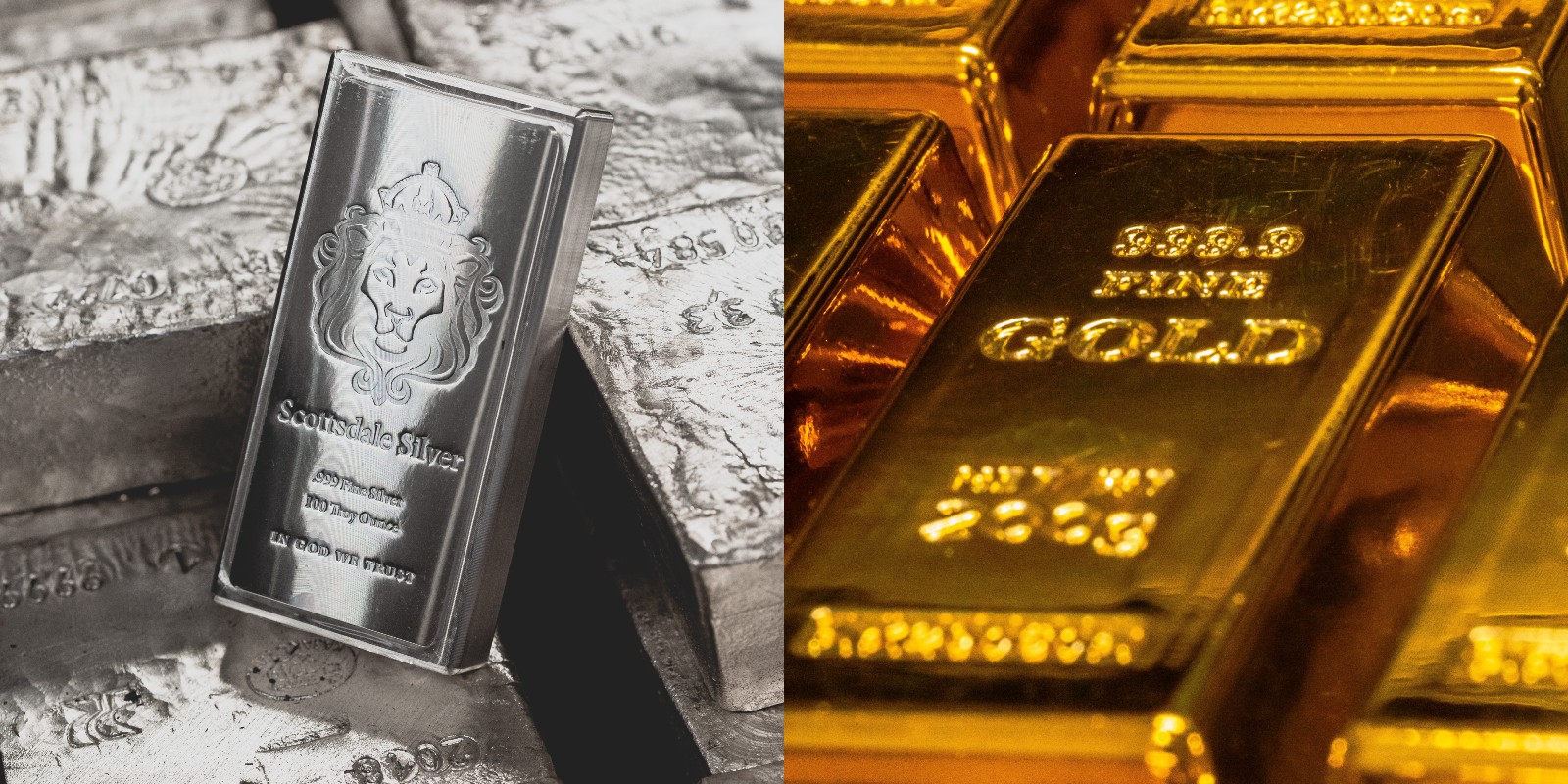
Guldpriset stiger i ett spektakulärt tempo, nya rekord sätts nu på löpande band. Terminspriset ligger oftast före i utvecklingen, men ikväll passerade även spotpriset på guld 4300 USD per uns. Guldet är just nu som ett ångande tåg som det hela tiden skyfflas in mer kol i. En praktisk fördel med ett högre pris är att det totala värdet på guld även blir högre, vilket gör att centralbanker och privatpersoner kan placera mer pengar i guld.
Även spotpriset på silver har nu passerat 54 USD vilket innebär att alla pristoppar från Hunt-brödernas klassiska squeeze på silver har passerats med marginal. Ett högt pris på guld påverkar främst köpare av smycken, men konsekvensen av ett högt pris på silver är betydligt mer kännbar. Silver är en metall som används inom många olika industrier, i allt från solceller till medicinsk utrustning.
-

 Nyheter4 veckor sedan
Nyheter4 veckor sedanOPEC+ missar produktionsmål, stöder oljepriserna
-

 Nyheter2 veckor sedan
Nyheter2 veckor sedanGoldman Sachs höjer prognosen för guld, tror priset når 4900 USD
-

 Nyheter4 veckor sedan
Nyheter4 veckor sedanEtt samtal om guld, olja, fjärrvärme och förnybar energi
-

 Nyheter3 veckor sedan
Nyheter3 veckor sedanBlykalla och amerikanska Oklo inleder ett samarbete
-

 Nyheter3 veckor sedan
Nyheter3 veckor sedanGuld nära 4000 USD och silver 50 USD, därför kan de fortsätta stiga
-

 Analys4 veckor sedan
Analys4 veckor sedanAre Ukraine’s attacks on Russian energy infrastructure working?
-

 Nyheter4 veckor sedan
Nyheter4 veckor sedanGuldpriset uppe på nya höjder, nu 3750 USD
-

 Nyheter3 veckor sedan
Nyheter3 veckor sedanEtt samtal om guld, olja, koppar och stål




